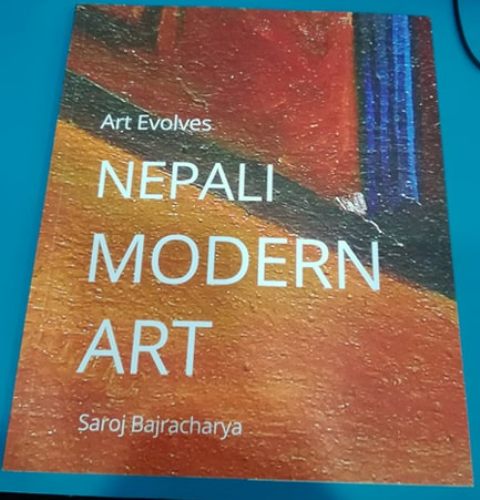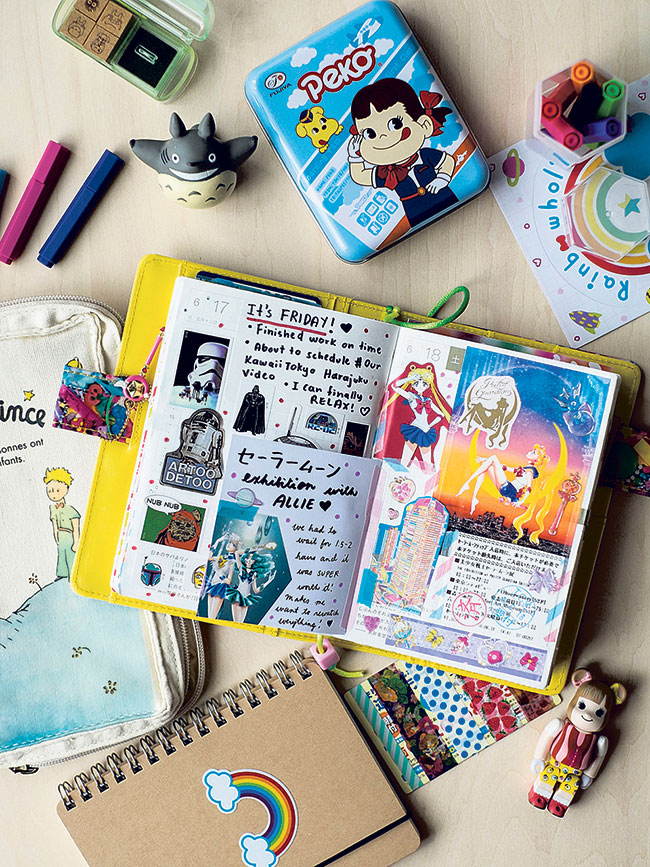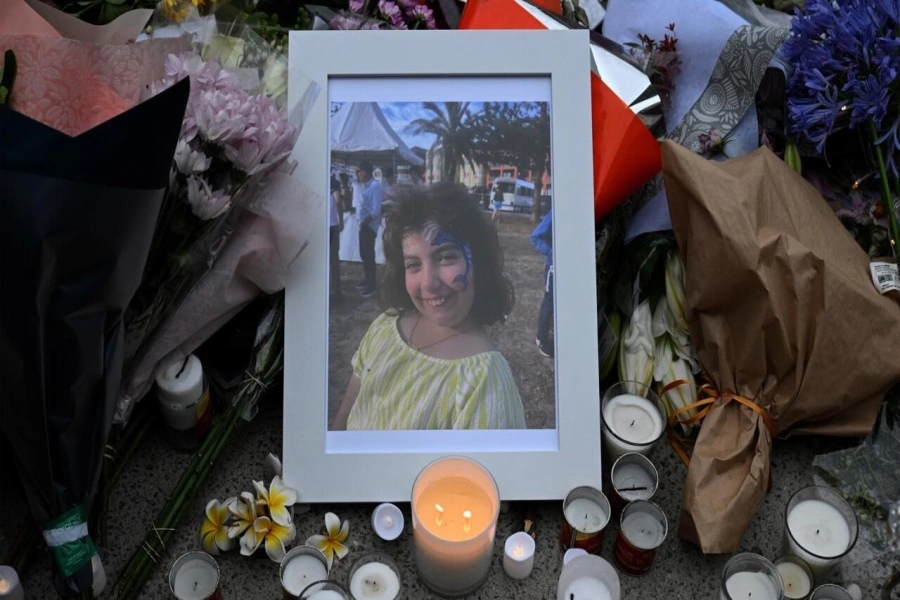Although it sounds pretty extravagant, art journal is similar to a regular journal. It just incorporates colors, images, patterns, collages and other similar stuff other than just your handwriting. It can be used any way the artist or the owner of the journal wants to use it. Mainly, it is used as a form of creative self expression. The only rule for an art journal is not to limit yourself to anything. You want to create a full-page painting of that vision from your dream? Go ahead. You want to just doodle a star and write a single word on the next? Do that too.
Just like a bullet journal, you could customize the pages, plan out your next task, keep a list of books you want to read in the coming year or a record of the ones you have read already. Also, like on a regular journal you could pour out your heart and write or draw, sketch or paint your thoughts, memories, and emotions through pictures, art, and doodles. Art journal is like a combination of both with the additional art part thrown in the mix.
Getting started
The obvious first step to starting your own art journal is getting a journal or a sketchbook. Get one with blank pages where you can easily create art and make drawings. The size and thickness of the journal depends on your preference. If you are new to the world of art journaling, then a journal of approximate size 7” x 9” in medium thickness would work best since it’s big enough for you to express yourself clearly but not too big for you to find it difficult to carry around. Also be wary of the thickness of pages. Thin pages may leak the paint onto other pages or tear when you apply water to it. Spiral bound notebooks are also preferable since they lie flat when you are working.
Make it your own
After you pick your journal, work on customizing it. You could paint the cover, or create a collage. It is advisable to jot down your name, address and contact address somewhere within the pages (ideally on the first, second, or the last page) so that incase you ever lose it, you have the chance of getting it back. If you are into planning, you could plan out what you want to create in the journal within the first few pages. If not, you could just freehand it whenever you want to. The good thing is you have full creative control of it.
‘Art Evolves: Nepali Modern Art’: Review

Another important thing to remember is that your journal does not have to look perfect. It could have a masterpiece on one page and a really bad sketch of a cat on the next. It is about expressing yourself and that does not come the same way every time. Do not rip out the pages just because you do not like the painting you created a day earlier. It’s also important that you review your journal occasionally. You might find inspiration for new journal entries while going through the old pages. Going through an old journal also helps you realize how much better you have gotten at it. You could use it to track your progress as well.
Techniques and prompts
There are various techniques of art you might want to include in your journal. You could create collages with newspaper or magazines clippings or even your own art pieces. You could paint with watercolors or acrylic paint. You could doodle. You could write or paint your favorite quotes in an artistic way. You could design mandalas. You could sketch everyday things you see around yourself like food, people, trees, etc. Stamp in the designs you cut yourself. Sew in fabric, paper or beads onto your pages. Again, do not limit yourself to anything.
If you are having trouble deciding what to do in your journal, there are plenty of prompts you can work under. How you feel at the moment, spontaneous imagery, photo collage, work within a circle, your favorite lyrics or place, dream, core beliefs, or heartbreak are some interesting themes or topics you can choose from and get started.
 “Art journaling calms me down.” - Sirapa Chitrakar
“Art journaling calms me down.” - Sirapa Chitrakar
Chitrakar started art journaling about a year ago. She has always been interested in art and has been creating art since she was a kid but since she used loose papers for it, they always got lost. That is the main reason Chitrakar got into art journaling, to hold her art pieces in a single journal.
Chitrakar, who finds inspiration on Pinterest, claims that she draws or paints in her journal especially during the days or times she is anxious or stressed out. Art journaling is her way of calming down and relaxing. And since her A-levels board exams are coming up, she has been using her journal quite a lot to keep panic in check. Chitrakar claims her art journal is pretty personal because she strips down her feelings onto it. For efficient recording, she also writes the date at the top of every page. She uses a big journal because she likes that extra space.
For anyone thinking of starting art journaling, Chitrakar suggests to not criticize your artwork in the beginning. She herself regrets tearing certain pages she did not think looked good at the time she worked on them. She has some pages whose artwork she did not like at the time she made them but they are really beautiful to her now. She also reveals that one should not think much about how beautiful or ugly a page looks just after they make it because it’s what they need to draw at the time.
“I use my art journal to organize and plan my days and life.” - Niusha Karki
Karki has been art journaling since she was child but she didn’t really know the technical term for it until much later. She used to suffer from insomnia when she was younger so spent entire nights painting and sketching in her journal. Karki claims it’s because of her love for art journaling that she is now very much into graphic designing, videography, and photo editing.
It was during her school days when Karki took up art classes that she realized she was really good at painting and sketching. Her teachers encouraged her to keep at it and she claims to not have stopped since then. She has a small journal because she thinks it’s more practical to carry around.
Karki takes art journaling very seriously. She uses her art journal as a hybrid bullet journal with a more artistic approach to it. It takes her about two days every month to create a monthly layout onto her journal. She also finds writing stuff down very helpful as it puts her mind at ease knowing she won’t forget important things. She says art journaling helps keep her life organized.



































